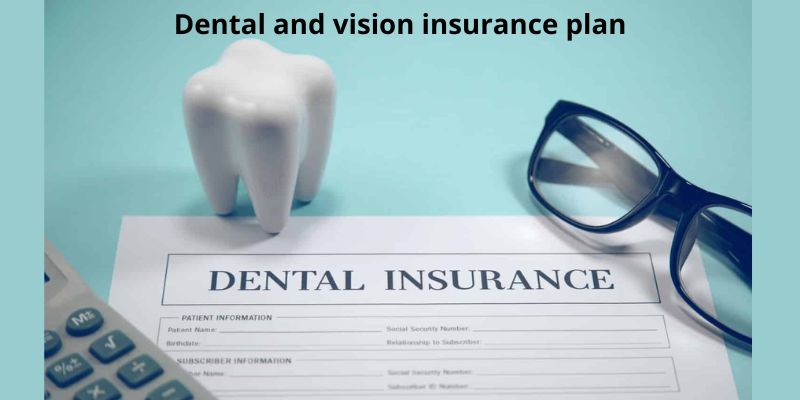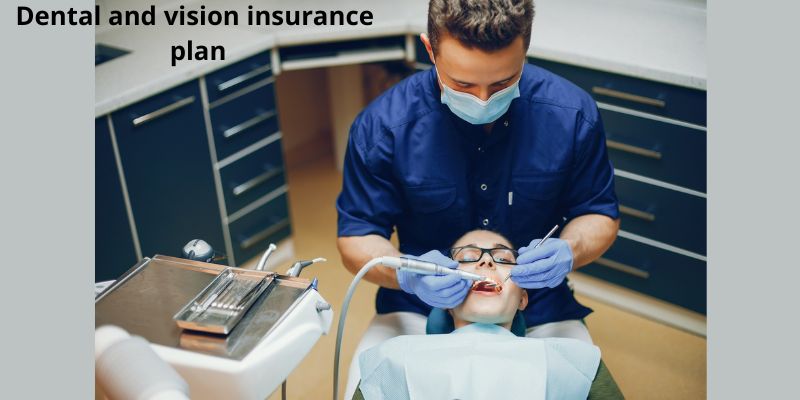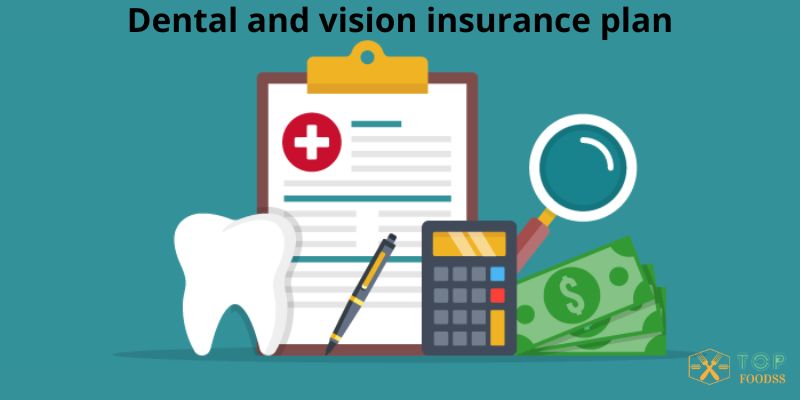Dental and Vision Insurance Plan for Your Health Needs 2023
Looking to lower the cost of dental and vision insurance plan for you and your family? Because they pay for preventive dental treatment, eye exams, and more, dental and vision insurance plan are excellent tools to aid in achieving that. Learn more about the value of coverage, how insurance plans operate, and how to find coverage that is affordable. topfoodss.com will provide some of information for you in this post.
Contents
What is dental insurance?

It can lower your expenditures each time you visit the dentist, not only for cleanings and cavities. When you require more involved dental care, dental and vision insurance plan can also help to prevent you from incurring expensive costs.
What is vision insurance?

It offers savings on eyeglasses and contacts in addition to covering routine eye exams. These benefits may not be covered by major medical insurance plans and may not be examined as part of your overall wellness.
Why dental and vision insurance plan are so important
Oral and eye health are frequently disregarded, despite the fact that they are crucial to our general wellness. An eye exam can identify many dangerous illnesses, such as diabetes, high cholesterol, and hypertension, early on.1 Oral exams can disclose just as much: Oral symptoms can be found in more than 90% of all prevalent disorders.2 Additionally, the value of oral health goes beyond simple detection: Adults with good dental and vision insurance plan can help adults prevent or better manage major health-related disorders, according to Guardian studies3 and other independent research.
- Diabetes Glycemic control issues are exacerbated by periodontal infections, endangering the health of diabetic patients.
- Heart condition Coronary artery disease may very well be caused by the inflammation brought on by periodontal disease. A healthy mouth can reduce that danger.
- According to studies on pregnant women, those who have high levels of specific oral bacteria also have children who are more likely to have tooth decay and have children with similar levels of bacteria.
- Self-esteem According to research, a person’s self-esteem and thoughts about themselves are influenced by having good teeth and gums.
When your mouth hurts, your eyes hurt, or you’re concerned about your teeth, it’s difficult to think of yourself as healthy and cheerful. Affordable dental and vision insurance plan, however, can help you steer clear of all that!
How dental plans work – and help save you money

The majority of dental and vision insurance plan are preventive, including exams, cleanings, and quick procedures like X-rays and fillings that identify minor issues before they worsen. Therefore, preventive and basic procedures are the main focus of dental care; choosing a plan that only provides these benefits can assist reduce the cost of coverage. However, “full coverage” dental insurance can be more cost-effective if you or a member of your family need more extensive services.
More preventive and fundamental restorative operations (such fluoride treatments, extractions, and non-routine X-rays) are often included by full coverage plans. Major restorative procedures like bridges, crowns, dentures, and similar procedures may also be covered by these policies. Plans with choices for orthodontic coverage are also offered; they can help you save money by covering a percentage of the price of braces and other forms of aligners for the teeth.
Most plans have a provider network
Dental HMOs and Dental PPOs are the two main types of dental and vision insurance plan provider networks. You cannot see your present dentist under a DHMO because of their small networks, which makes it unlikely that you will be able to. Lower costs and a more straightforward charge structure are typically the trade-offs. Although insurance companies often permit you to visit dentists outside the DPPO network, it does have a network of dentists. Additionally, if your insurance is provided by a sizable insurer like Guardian, which has a wide provider network, you might discover that your present dentist participates in the PPO.
Care costs less when you use a network dentist
You are only covered in a DHMO when you see a network dentist. What about a DPPO, though? Even if you visit a dentist outside the network, it is nearly always worthwhile to do so because you will receive the PPO discount: On your behalf, insurance firms negotiate lower rates, and the savings can be significant (the average Guardian discount is 36%). For instance, if your dentist generally costs $100 for a given procedure, you might only be responsible for $60–$70 after the discount.
How to lower out-of-pocket costs
Depending on the insurer and particular plan you select, the amount of out-of-pocket money you have to pay for a certain treatment or service can differ significantly. In general, they will be less in a DHMO plan than a DPPO plan, but check out the “Plan Summary” for a full breakdown of costs. The many out-of-pocket costs you can anticipate, along with advice on how to help reduce them, are listed below:
Deductibles
You must pay a deductible before the DPPO plan will start to pay for treatments other than exams, which is typically $50 for an individual or $150 for a family. Pick a DHMO plan instead because they often don’t have deductibles if you want to avoid that expense.
Coinsurance
When you have reached your DPPO plan’s deductible, this is the proportion of charges you still owe for a visit or treatment. In an 80/60/40 plan, the insurance provider covers 80% of the cost of preventive care, 60% of the cost of a simple procedure, and 40% of the cost of a big surgery, leaving you to cover the remaining costs. You will have a substantially smaller coinsurance if you select a 100/70/50 plan. Coinsurance is not available with DHMO plans, but you will likely have to pay a copay for each treatment you receive.
Annual maximums
DPPO plans typically include a cap on the total amount of services they will pay for in a calendar year, and anything above this cap is your responsibility. Look for a plan with a greater yearly limit if you anticipate needing a lot of dental and vision insurance plan treatment, or select a DHMO since they sometimes do not have maximums.



